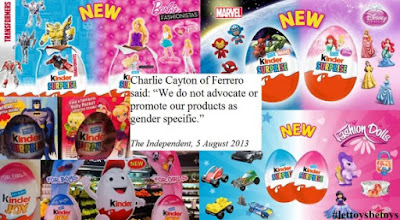Written Task 2 Introduction
How could the text be read and interpreted differently by two different readers? https://www.ndtv.com/kerala-news/the-story-of-sabarimala-origin-beliefs-and-controversy-on-women-entry-1933477 Texts may be interpreted differently amongst variant audiences and this can be seen within the opinion column by Niranjana Jayakrishnan, entitled “ I am a Woman, from Kerala. Here’s Why I am Against the Sabarimala Verdict ”. Firstly, she instills her credibility as a woman by using ethos, regarding the ongoing issue of the Sabarimala Verdict from the High Court that declared the entrance of all females into the holy temple. She introduces her standpoint from the beginning itself through the use of bias by headline. By doing so, she promotes attention towards her column from the majority of the public who’s against the verdict. Her perspective, similar to the mass amount, is based upon religious ideology and the belief that women shouldn’t be allowed from ages 10 up until 50 because ...

